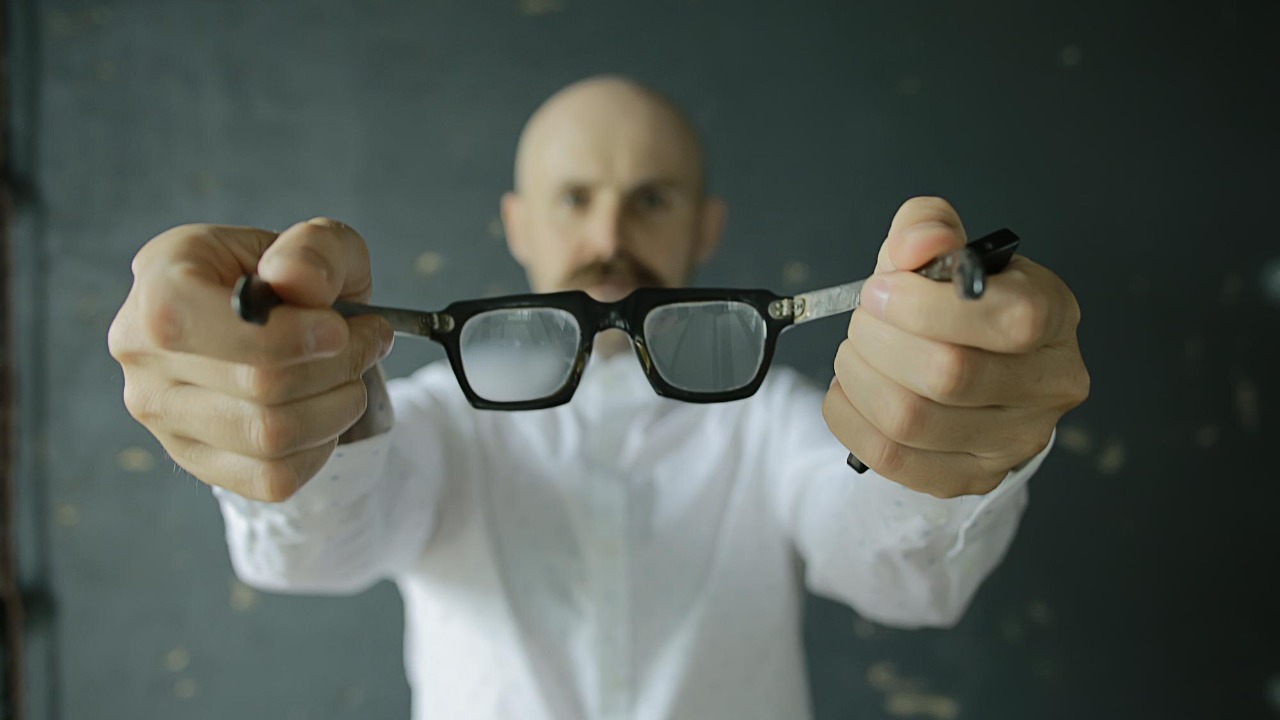
On October 27, 2025, scientists announced a potential breakthrough in the quest to reverse blindness, offering a glimmer of hope to millions worldwide. This innovative approach, which involves the use of cutting-edge technology to restore vision, builds on earlier progress reported in April 2025. The focus of these advancements is on targeted interventions rather than traditional methods, aiming to address specific pathologies that lead to blindness.
Causes of Blindness Addressed by New Research
Blindness can result from various retinal and optic nerve conditions, such as age-related macular degeneration. The recent innovations in vision restoration target these specific pathologies without introducing unrelated factors. This approach is a significant shift from previous methods, as it focuses on regeneration rather than mere correction, a concept that has been the focus of several 2025 studies.
Neural damage plays a significant role in vision impairment. The demographic impacts of these conditions are considerable, especially among aging populations. The prevalence of blindness in these groups underscores the relevance and potential impact of these new treatment methods.
Limitations of Conventional Blindness Treatments
Conventional treatments for blindness, such as corneal transplants, have had varying degrees of success. However, these surgical options often fall short when addressing deeper neural issues. Similarly, pharmaceutical approaches, including gene therapies in early trials, have limitations in fully reversing advanced blindness.
Assistive technologies like guide dogs or white canes, while helpful, are compensatory rather than restorative. The need for methods that can restore vision, rather than merely compensate for its loss, is more pressing than ever.
Emerging Eye Implant Technologies
The development of implantable devices designed to interface directly with the retina represents a significant leap forward in vision restoration. These devices, as reported on October 27, 2025, could potentially reverse blindness. The implantation procedures use biocompatible materials and focus on minimally invasive techniques to avoid complications.
Early patient outcomes from prototype testing have shown promising results, including improved light perception. However, it’s important to note that these are preliminary findings and further research is needed to confirm their efficacy.
Role of Augmented Reality in Vision Restoration
Augmented Reality (AR) glasses play a crucial role in enhancing signals from eye implants to simulate natural vision. This integrated approach is a key feature of the 2025 eye implant AR glasses innovation. The calibration processes for these AR systems are designed to adapt to individual neural responses, ensuring seamless user integration.
The hardware specifications of these glasses, including lightweight frames and real-time processing, make them practical for everyday wear. This combination of functionality and wearability is a significant step forward in vision restoration technology.
A Parallel Discovery in Blindness Treatment
Parallel to the development of eye implant technologies, another potential treatment for blindness was unveiled on April 30, 2025. This approach targets alternative pathways for vision recovery, focusing on cellular or molecular interventions.
While the scientific basis of this treatment is still being explored, it represents a promising alternative to implant-based methods. The potential applications of this approach could be far-reaching, offering hope for different types of blindness.
Clinical Trials and Safety Considerations
Both the eye implant AR glasses and the April 2025 treatment are currently undergoing clinical trials. The selection criteria for trial participants, as reported in 2025, are stringent to ensure the safety and efficacy of these treatments. Regulatory hurdles, such as FDA approvals, and ethical concerns in human testing for vision-restoring devices are also being addressed.
Risk mitigation strategies, including long-term monitoring for implant rejection, are part of the documented research protocols. These measures are crucial to ensure the safety of patients and the success of these treatments.
Broader Implications for Global Vision Health
The potential impact of these breakthroughs on global vision health is considerable. However, challenges related to accessibility, including cost barriers and distribution in underserved regions, need to be addressed. The successful adoption of these technologies could lead to societal benefits, such as workforce reintegration for blind individuals.
Looking ahead, interdisciplinary collaborations between neurologists and engineers will likely play a crucial role in refining these methods. As we continue to make strides in this field, the dream of reversing blindness could become a reality in the not-too-distant future.
More from MorningOverview